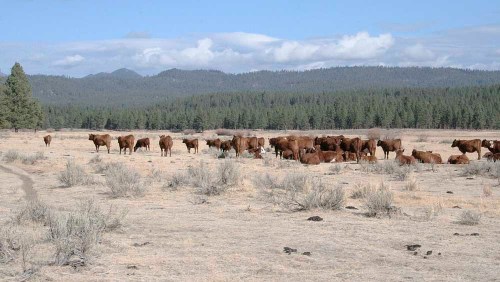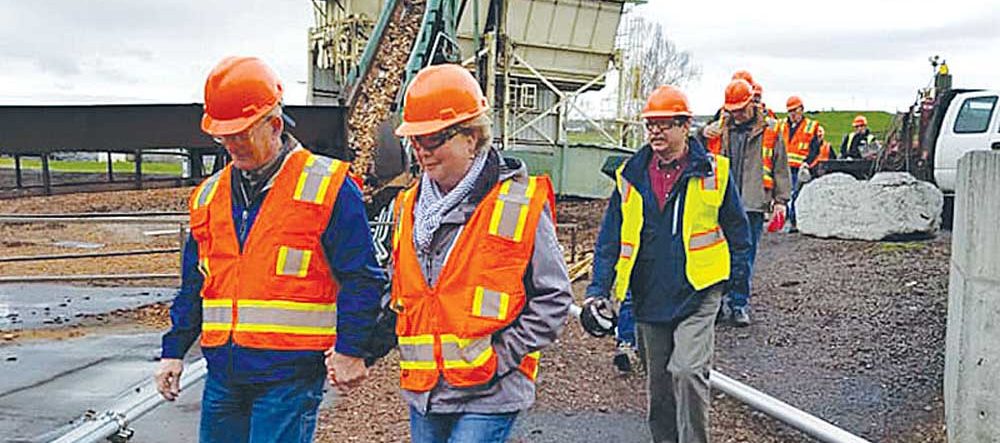BLM mulls change to S.E. Oregon management approach
Published 8:15 am Monday, June 24, 2019

- Cattle graze in an Oregon national forest in this Capital Press file photo. A judge has rejected a lawsuit that opposed grazing on 165,000 acres of national forest land in Southeast Oregon.
BAKER CITY — The U.S. Bureau of Land Management could change how it manages a swath of Southeastern Oregon.
Vale District BLM through Aug. 28 will take public comment on the draft Southeastern Oregon Resource Management Plan Amendment and draft Environmental Impact Statement, both released May 31. The planning area includes about 4.6 million acres of BLM-administered lands — mostly in Malheur County, with some in Grant and Harney counties.
The district is amending a 2002 plan that was vacated in federal appeals court, and then subject to a 2010 settlement agreement. Officials said the amendment’s purpose is to comply with the agreement, which required BLM to provide updated information about lands with wilderness characteristics and to analyze various management scenarios.
Until an amendment is final, BLM must protect wilderness characteristics in all areas where they have been identified. The settlement agreement also requires that the amendment process look at the livestock grazing program and off-highway vehicle use.
Jeremy Austin of the Oregon Natural Desert Association, which has offices in Bend and Portland, said the group is concerned with the alternative BLM prefers in the current draft amendment “because it disregards the past 17 years of hard work by the local BLM district and many interested groups.”
In a June 18 newsletter, he said the BLM-preferred alternative “doesn’t protect the valuable wilderness-caliber lands in this region. It ignores decades of local stakeholder input and leaves wild places vulnerable to development.”
BLM says the draft EIS analyzes five alternatives, one of which is to take no action and continue management under the 2002 plan — as amended by a 2015 record of decision for protecting sage grouse habitat — and continue to protect wilderness characteristics in the 76 land units identified as having them.
The agency said the alternative it now prefers does not propose protections for lands with wilderness characteristics. BLM would keep current land-use planning allocations and grazing policies while continuing to provide for a sustainable forage yield. Vehicle restrictions to protect grouse habitat would remain.
“That alternative more closely reflects the (Trump) administration’s stance on multiple-use management, so everybody can get what they need out of some federal lands,” BLM Vale District Manager Don Gonzalez said.
The most restrictive alternative prioritizes protecting all areas with wilderness characteristics, further limits vehicle use and adds grazing rules.
With respect to lands with wilderness characteristics, “this is how BLM is managing it now, until it gets through this planning process and makes a final determination if we continue to manage any of the 76 units to protect those characteristics,” Gonzalez said.
Another alternative prioritizes protecting 27 of the wilderness-characterized units, limits off-highway vehicle use in them and leaves grazing management unchanged. Another prioritizes protecting 33 wilderness units while adding grazing and vehicle rules.
All three wilderness-protecting approaches would incorporate a 250-foot setback from boundary roads for future management.
Gonzalez said the final decision could incorporate parts of each management alternative. Once BLM finalizes a management plan that protects wilderness characteristics, it cannot take steps that would diminish them long term.
The area includes sagebrush steppe, grazing leases and part of the federally designated Wild and Scenic Rivers corridor for the Owyhee River.









